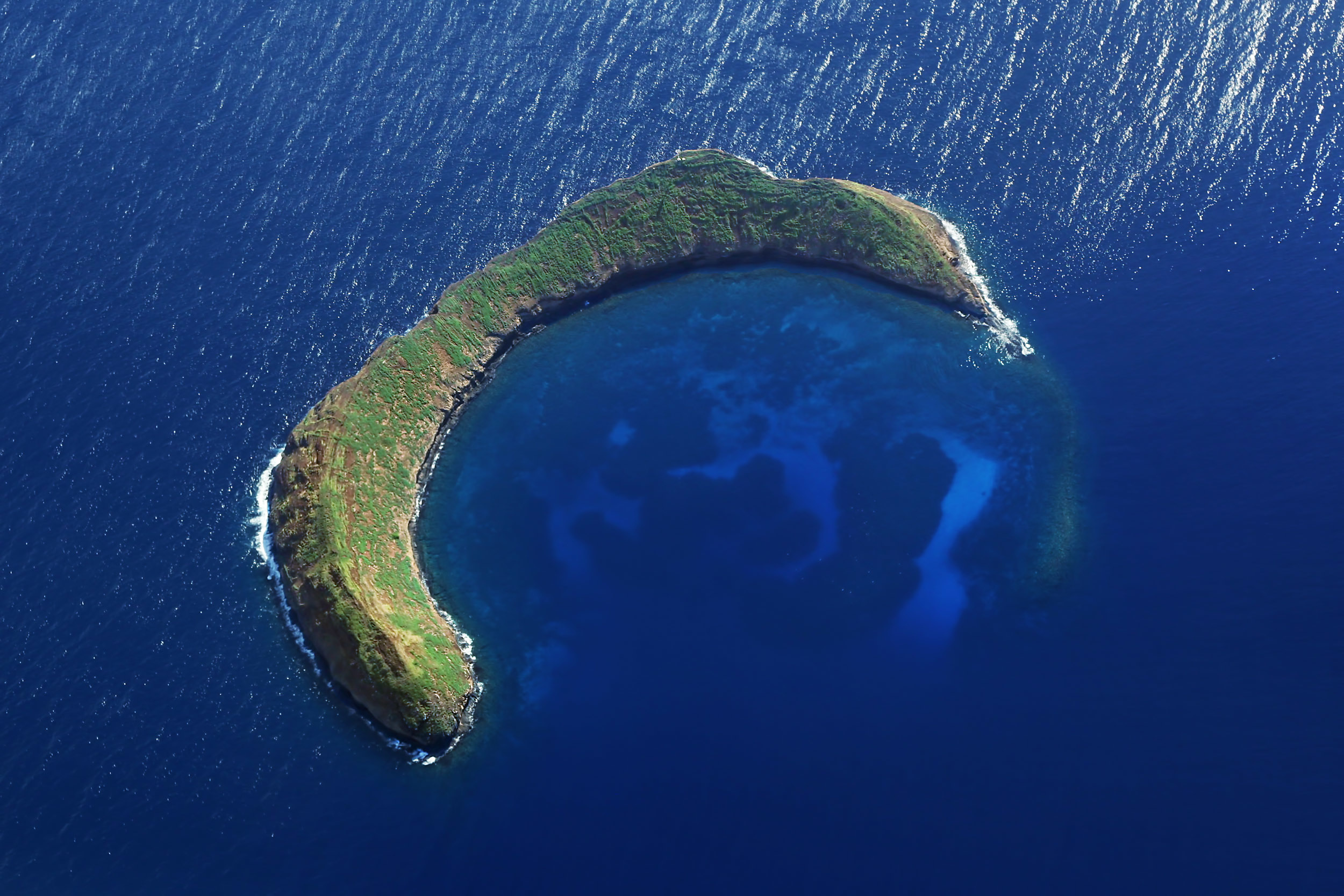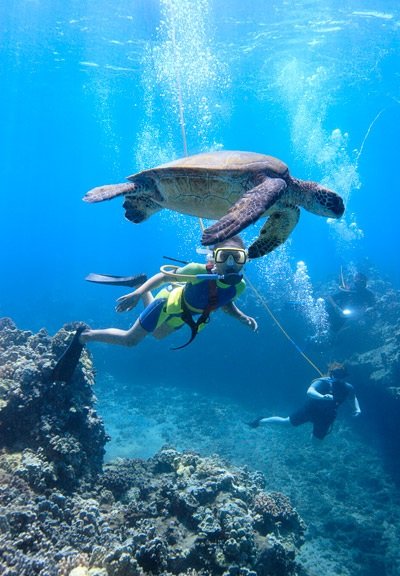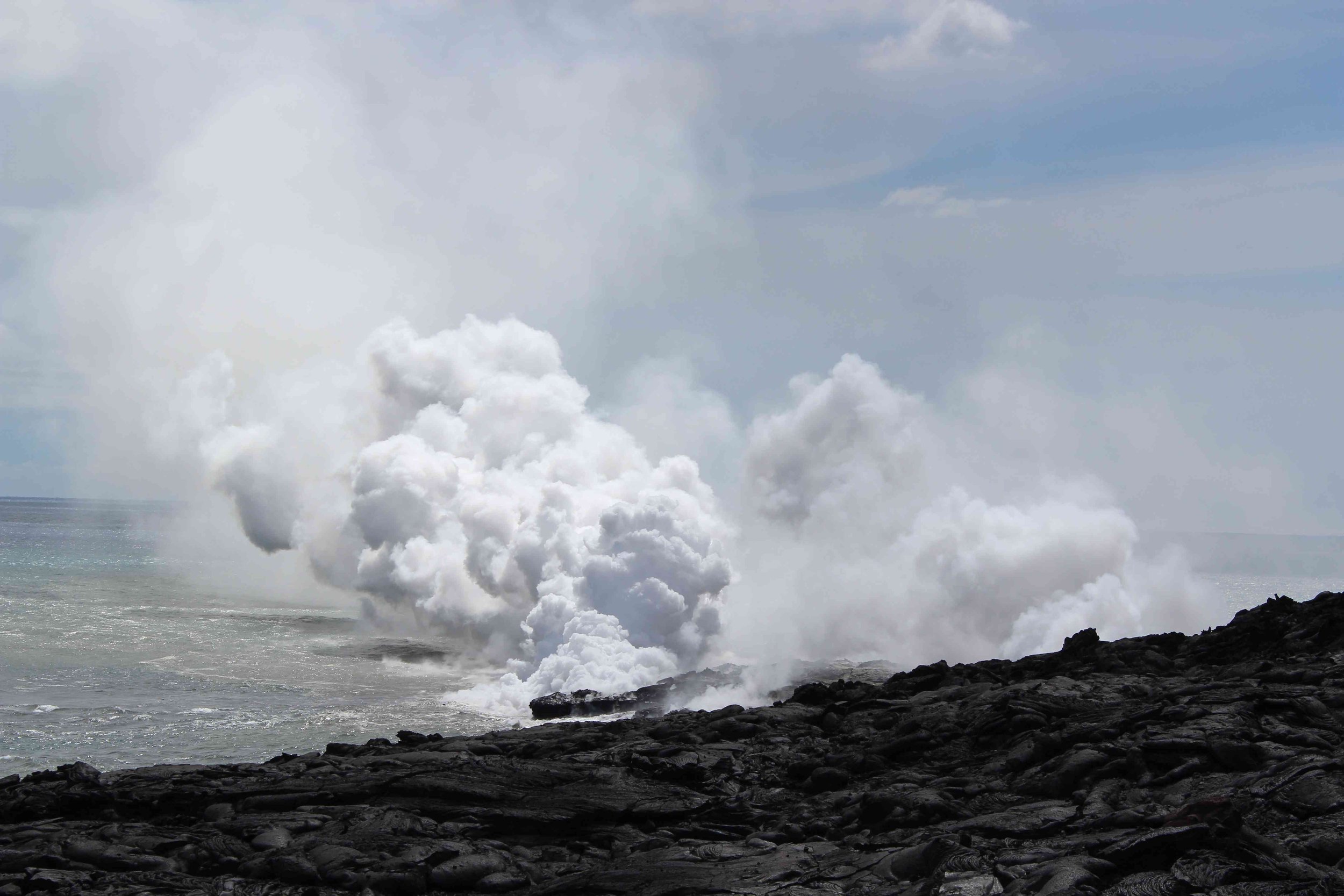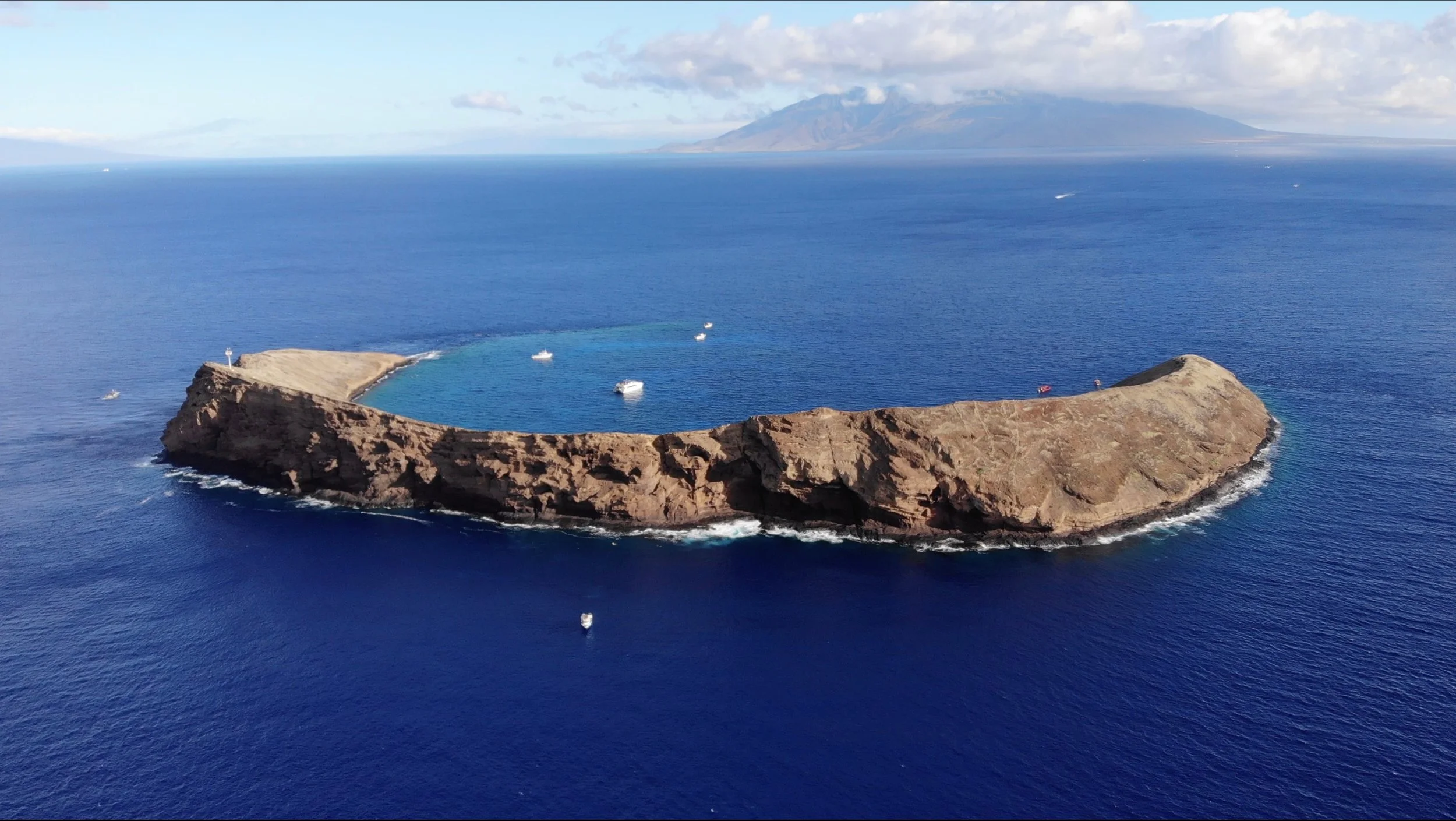
The History of Molokini
Molokini Crater is one of the most iconic natural landmarks in Hawaii. Located just 3 miles off the southwestern coast of Maui, this crescent-shaped islet is a geological marvel, a cultural treasure, and one of the most popular destinations for snorkeling and scuba diving in the Pacific. But beyond its brilliant coral reefs and rich marine life lies a fascinating history shaped by volcanic eruptions, ancient Hawaiian tradition, and military activity.

Geological Origins: The Birth of a Crater
Molokini Crater was born approximately 230,000 years ago during a dramatic period of volcanic activity in the Maui Nui Basin. As the Pacific tectonic plate moved over a hotspot in the Earth’s mantle, molten lava surged from the ocean floor in what would later become Haleakalā’s southwest rift zone.
Unlike most terrestrial eruptions, this one occurred underwater. The combination of superheated lava and cool ocean water triggered powerful steam explosions, which shattered newly formed lava and created ideal conditions for the rapid formation of volcanic glass. This explains why Molokini has a distinct coloration compared to Maui’s red cinder cones: its dark yellow hue comes from volcanic glass that eventually weathered into clay.
The initial formation may have reached 500 feet above sea level. Over millennia, rain, wind, and wave erosion wore down the crater, and eventually the northern rim collapsed beneath the sea, allowing water to flow in and a reef ecosystem to develop inside. The remaining southern rim, which rises 160 feet above the surface, is what visitors see today. Molokini now extends 310 feet beneath the water and stretches 2/5 of a mile in length.

Cultural Significance: Ancient Hawaiian Connections
While Molokini was never permanently settled due to its harsh conditions and lack of fresh water, the ancient Hawaiians held it in reverence. It was a favored fishing ground, and the waters surrounding it were believed to have healing properties.
In Hawaiian mythology, Molokini is often associated with the goddess Pele, the deity of fire and volcanoes. One legend says Pele, jealous of a woman who captured the affection of her beloved, split the woman in two. The woman’s head became Pu’u Olai (Red Hill near Makena Beach), and her body became Molokini Crater.
Molokini was not just a resource for food—it also held spiritual importance. The surrounding ocean was considered a place of cleansing and renewal, and traditional fishing practices were guided by the kapu system, a set of sacred rules that regulated when and how fishing could occur. These traditional ecological practices helped preserve the reef's bounty for generations.
Evidence of early Hawaiian activity in and around Molokini includes stone sinkers, fishing lures, and coral tools discovered by divers on the seafloor. Though Molokini lacked permanent settlement, it was visited frequently by Hawaiian fishermen who knew the area's waters intimately. Oral histories passed through generations mention the crater as a place of peace, where offerings were made and the ocean was treated with respect.
Today, cultural practitioners still recognize Molokini as a place of mana (spiritual power) and continue to advocate for its respectful use and conservation.

World War II and the Bombing of Molokini
During World War II, Molokini took on a much different role. With the United States military preparing for operations in the Pacific, the crater’s remote location and crescent shape made it a perfect target for bombing practice.
The U.S. Navy used Molokini for aerial bombing and strafing exercises, causing considerable damage to the landscape and surrounding coral reefs. Debris and impact craters from this period are still visible on the islet.
Years of local protests and lobbying finally led to the cessation of military activity. In 1977, Molokini and the surrounding 77 acres were officially designated as a Marine Life Conservation District and Bird Sanctuary by the State of Hawaii.

Restoration and Protection: A Marine Sanctuary Emerges
Since receiving protected status, Molokini Crater has seen a dramatic ecological recovery. The reef has regenerated, and marine life has flourished. Today, it is home to over 250 species of fish and 38 species of coral.
The designation as a Marine Life Conservation District brought with it strict protective regulations. Anchoring is prohibited to prevent reef damage, and only vessels with permitted moorings are allowed access. Fishing and the collection of any marine life or geological specimens are strictly forbidden. These rules are enforced by the Hawai'i Division of Aquatic Resources, which works alongside volunteer organizations and marine scientists.
Monitoring of the site is ongoing, with regular surveys conducted by the Hawaii Institute of Marine Biology, the University of Hawaii, and the Pacific Islands Ocean Observing System. These studies track coral health, fish populations, and signs of environmental stress such as coral bleaching or damage due to visitor activity.
In recent years, local conservationists and eco-tour operators have introduced reef-friendly initiatives such as banning aerosol sunscreen sprays, encouraging the use of reef-safe sunscreen, and providing educational briefings before guests enter the water. These practices help minimize human impact while increasing awareness about marine ecosystems.
Visitors play a crucial role in the ongoing success of Molokini’s restoration. By choosing responsible tour operators and respecting conservation rules, guests contribute directly to preserving the islet for future generations.

Visiting Molokini Today: A World-Class Snorkeling Destination
Today, Molokini Crater is a world-renowned destination for ocean lovers. Its clear, calm waters offer visibility of up to 150 feet, making it ideal for underwater exploration.
You can experience the wonder of Molokini through some of Maui’s top-rated snorkeling tours:
🔺 Calypso Molokini Snorkel Tour – Cruise aboard a triple-deck catamaran with breakfast, lunch, snorkeling gear, and a chance to visit both Molokini and Turtle Town.
🔺 Malolo Snorkel Tour – Enjoy a smaller group experience on a stable catamaran with excellent service, reef stops, and seasonal whale watching.
🔺 Pacific Whale Foundation Eco Tour – Led by certified naturalists and marine biologists, this tour combines education with adventure, perfect for eco-conscious travelers.
These tours not only highlight the natural beauty of Molokini, but also support ongoing conservation efforts by promoting responsible tourism.

Conclusion: A Legacy Carved by Nature and Time
From fiery underwater eruptions to mythological tales, and from wartime scars to ecological revival, Molokini Crater’s history is as layered as the coral reef within it. It stands today not just as a geological wonder, but as a symbol of Hawaii’s resilience, reverence for nature, and dedication to preservation.
To learn more about what you can see at Molokini today, check out our Marine Life at Molokini and Turtle Town Overview pages, or book your tour now with one of our featured eco-conscious partners.



